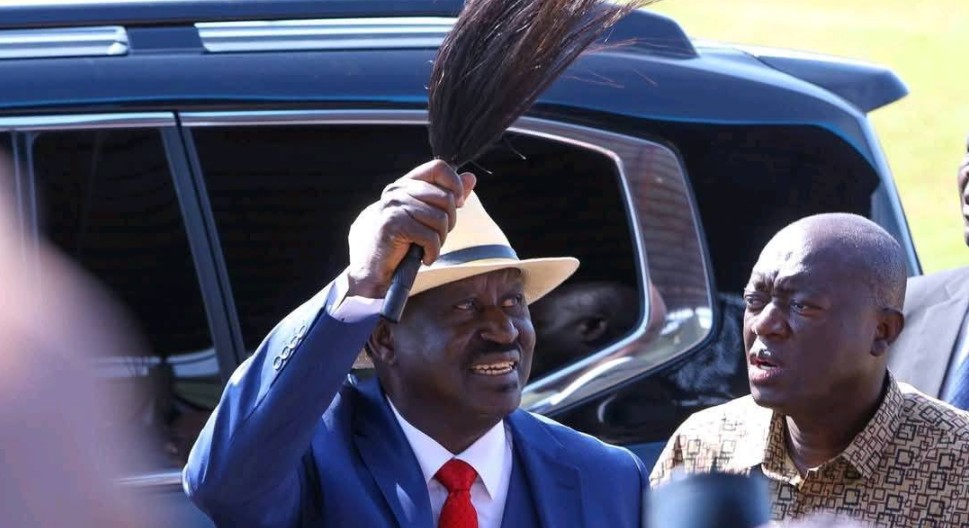On January 30, 2018, Raila Odinga made history at Uhuru Park in Nairobi when he declared himself the “People’s President.” Holding a Bible in his right hand and surrounded by thousands of supporters, the long-time opposition leader took an oath of allegiance not sanctioned by the state but by the people he claimed had been denied their democratic will.
The event came three months after President Uhuru Kenyatta’s controversial swearing-in for a second term, following a disputed election rerun. Raila’s move, though symbolic, was a powerful statement of defiance against what he and his National Super Alliance (NASA) termed a stolen presidency.
The 2017 general elections had already been marred by controversy. After the August 8 vote, the Supreme Court annulled Kenyatta’s victory, citing irregularities. A repeat election was ordered for October, but Raila and NASA withdrew, accusing the electoral commission of failing to implement reforms. The rerun proceeded without him, with Kenyatta securing over 98% of the vote in a low-turnout poll.
Despite government warnings, Raila’s supporters gathered in their thousands for the January 30 ceremony. At 1:20 p.m., Raila took the oath: “I, Raila Amolo Odinga, in full realisation of the high calling I assume as the People’s President of the Republic of Kenya, do swear…”
The government declared the event illegal and treasonous. Some of his allies, like Miguna Miguna, faced arrests and deportations, but Raila remained untouched.
Just two months later, the nation watched in surprise as Raila and Uhuru shared the now-famous handshake in March 2018, marking a new chapter of reconciliation and unity.
This was not Raila’s first bold move. In 1994, he became the only sitting MP to resign from Ford Kenya and win back his seat under the National Development Party (NDP).
Throughout his career, Raila Odinga has remained a symbol of defiance, resilience, and unwavering pursuit of democratic reform in Kenya.

